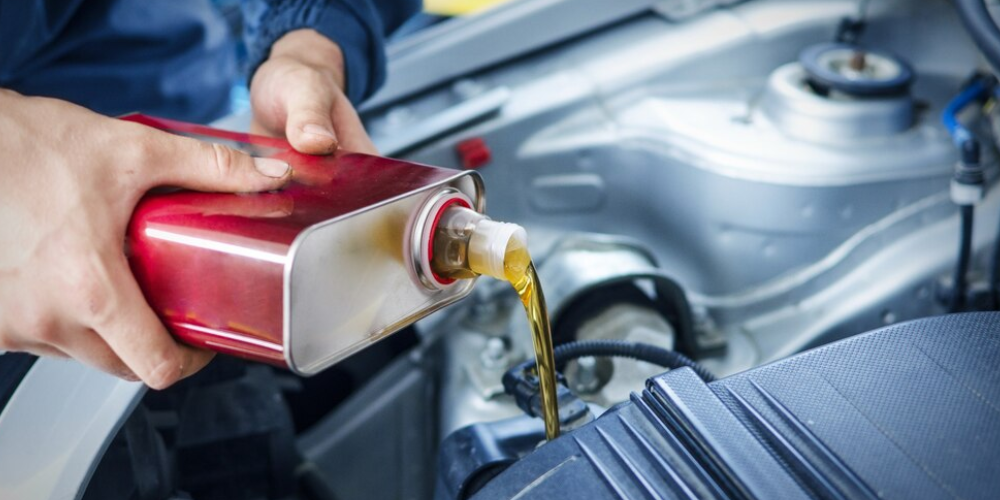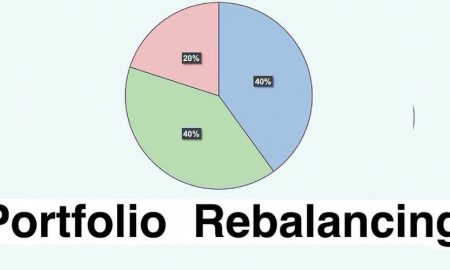
How Long Can You Go Without an Oil Change?

Maintaining your vehicle’s engine health is crucial for its longevity, and one of the simplest yet most important aspects of this maintenance is regular oil changes. If you’re wondering how long your car can go without an oil change, the answer isn’t as straightforward as a single number; it depends on various factors, such as the type of oil your vehicle uses, your driving habits, and even the climate you drive in.
Understanding Modern Oil Change Intervals
In the past, the rule of thumb was to change your oil every 3,000 miles. However, advances in engine technology and oil formulations have extended this interval significantly. Today, most vehicles can safely run between 5,000 to 7,500 miles before needing an oil change. If your car uses synthetic oil, you may even be able to stretch that to 10,000 or 15,000 miles.

Freepik | Most vehicles can safely go 5,000 to 7,500 miles before needing an oil change.
But remember, these are just general guidelines. For the most accurate information, consult your vehicle’s owner’s manual, which will provide the manufacturer’s recommended oil change interval for your specific make and model.
Factors That Influence Oil Change Frequency
While the general mileage guidelines work for many drivers, several factors can necessitate more frequent oil changes:
- Driving Conditions – Regularly driving in stop-and-go traffic, especially in urban areas, can put more strain on your engine, requiring more frequent oil changes.
- Short Trips – If most of your trips are under five miles in normal temperatures or ten miles in freezing conditions, your engine oil may not get hot enough to burn off moisture, which can lead to sludge buildup.
- Environment – Dusty, sandy, or gravelly roads can introduce contaminants into your engine, dirtying your oil faster.
- Heavy Loads – Towing trailers or carrying heavy cargo puts additional strain on your engine, leading to quicker oil degradation.
These factors highlight the importance of not just sticking to a generic oil change interval but also considering how and where you drive.
Warning Signs Your Car Needs an Oil Change

Freepik | A burning oil smell in your car often indicates a leak or overdue oil change.
Even if you’re vigilant about following your vehicle’s oil change schedule, certain signs indicate you might need to change your oil sooner than expected. Paying attention to these signs can prevent long-term damage to your engine:
1. Oil Color and Consistency
Fresh oil is typically amber-colored and translucent. As it circulates through your engine, it picks up dirt and debris, turning darker and thicker. If the oil on your dipstick is dark and gritty, it’s time for a change.
2. Burning Oil Smell
A distinct burning oil smell inside your car can signal a leak or that your oil is overdue for a change.
3. Engine Noises
Oil lubricates the moving parts of your engine. If the oil is old and no longer doing its job, you might hear knocking or clunking noises as metal parts grind against each other. This is a serious warning sign that your engine needs attention immediately.
4. Dashboard Warning Lights
Most modern vehicles are equipped with an oil change light or a check engine light that comes on when there’s a problem with your oil. Ignoring these warnings can lead to significant engine damage.
Proactive Oil Maintenance
Regular oil changes are a small investment with significant returns. By staying proactive, you can ensure your engine runs smoothly, improve fuel efficiency, and extend the lifespan of your vehicle. While it’s easy to focus on the mileage, it’s equally important to consider your driving habits and the signs your car gives you.
How Long Can You Go Without an Oil Change?
Ultimately, the answer to the question “How long can you go without an oil change” hinges on your specific circumstances. For most drivers, following the manufacturer’s guidelines will suffice, but if you frequently find yourself in severe driving conditions, it’s wise to err on the side of caution and change your oil more frequently.
More inAdvice
-
`
Tesla Files for Ride-Hailing Service in California, Featuring Human Drivers
Tesla has taken a new step in the ride-hailing industry by applying for a permit to operate a human-driven service in...
March 15, 2025 -
`
Mercedes-Benz Cuts Costs, Prioritizes Combustion Engines for Profit Boost
The automotive landscape is shifting, and one major player is recalibrating its strategy to navigate the evolving market. In a bid...
March 8, 2025 -
`
The Hidden Downsides of Delaying Social Security Until 70
Many people are told to hold off on claiming Social Security until they reach 70 to receive the highest possible monthly...
March 8, 2025 -
`
Will Louisiana’s Car Insurance Crisis Get Worse Due to Tariffs?
Tariffs often impact industries in unexpected ways, and Louisiana’s car insurance market might face new challenges because of them. Although most...
March 2, 2025 -
`
Is Tesla’s Self-Driving Software Safe? Cybertruck Crash Raises Doubts
A recent Tesla Cybertruck accident has sparked concerns about the company’s self-driving technology. The incident occurred in Reno, Nevada, when a...
March 2, 2025 -
`
Should I Rebalance My Portfolio Alone or Seek Professional Help?
Managing investments requires a well-planned strategy, especially when nearing retirement. Many investors wonder whether they should handle portfolio rebalancing on their...
February 22, 2025 -
`
Auto Industry Faces More Challenges in 2025, Experts Warn
The auto industry is heading toward a challenging 2025, with multiple factors reshaping its landscape. Tariff threats, rising costs, and obstacles...
February 22, 2025 -
`
Car Insurance Rates Surge Across 5 States – Are You Affected?
Car insurance rates have surged dramatically across the U.S., with some states experiencing historic increases in 2024. Minnesota and Maryland have...
February 15, 2025 -
`
Elon Musk Admits Tesla’s Self-Driving Hardware Needs an Upgrade
For years, Elon Musk has confidently stated that Tesla vehicles had the necessary hardware to achieve full autonomy. However, in a...
February 15, 2025















You must be logged in to post a comment Login